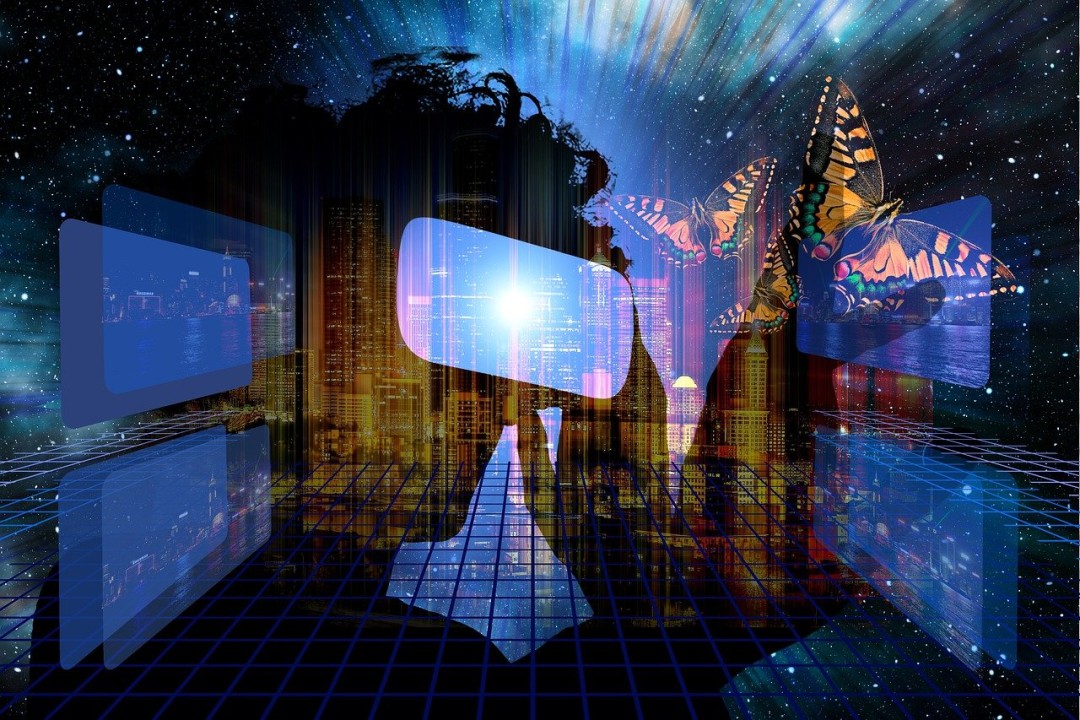Blog

Exploring the Evolution of In-Game Economy Systems
In-game economy systems have evolved significantly over the years, reflecting both technological advancements and shifting player expectations. Early video games had simple economies, often based on collecting in-game currency, such as coins in Super Mario Bros. or rupees in Zelda: Ocarina of Time. These currencies were used to purchase power-ups, equipment, or in-game progression, but the system was straightforward and rarely impacted the overall gameplay experience. As games became more complex, so did their economic systems, with many modern titles incorporating more intricate mechanics that mirror real-world economies.
The rise of massively multiplayer online games (MMOs) introduced virtual economies with a level of depth not seen before. In these games, in-game currency was traded between players, and supply-and-demand mechanics were used to control prices for goods and services. Games like Final Fantasy XIV or EVE Online featured auction houses where players could buy and sell items, leading to a more dynamic economy shaped by player decisions. These economies were also influenced by in-game events or updates, requiring players to adapt to changing markets, much like in real-world economies. Additionally, some MMOs, like EVE Online, featured player-driven economies where the scarcity of resources, crafting, and strategic alliances could affect the game’s economy, making players feel like they were part of a larger economic ecosystem.
As gaming expanded beyond traditional MMOs, in-game economies continued to evolve with the rise of free-to-play games, microtransactions, and virtual items. Games like Fortnite and League of Legends introduced virtual goods markets where players could purchase skins,and cosmetics. These economies have become crucial to the financial models of many modern games, as developers monetize free-to-play titles through optional purchases. However, these in-game economies have sparked debates over microtransactions and pay-to-win mechanics, with some players criticizing the way these systems can potentially affect the balance of gameplay. Despite the criticisms, this new model has shown the ability to generate significant revenue and sustain a game’s player base over a long period.
More recently, blockchain technology and NFTs have begun to make their way into in-game economies, creating new possibilities for digital ownership and exchange. Games like Axie Infinity have introduced play-to-earn systems, where players can earn cryptocurrency or trade NFTs through their in-game activities. These systems allow for a new level of ownership, where virtual assets can be bought, sold, or traded on external marketplaces. While the integration of blockchain into gaming economies remains controversial and is still in its early stages, it highlights a growing trend toward creating more decentralized, player-driven economies that go beyond the boundaries of traditional gaming platforms.
In conclusion, in-game economy systems have evolved from simple mechanisms into complex, player-driven ecosystems that shape the way players interact with the game world. Whether through the exchange of virtual goods, player-driven markets, or emerging blockchain technologies, the economy in games is now an integral part of the gaming experience. As the gaming industry continues to grow, in-game economies will likely continue to develop, creating new opportunities and challenges for both developers and players alike.





